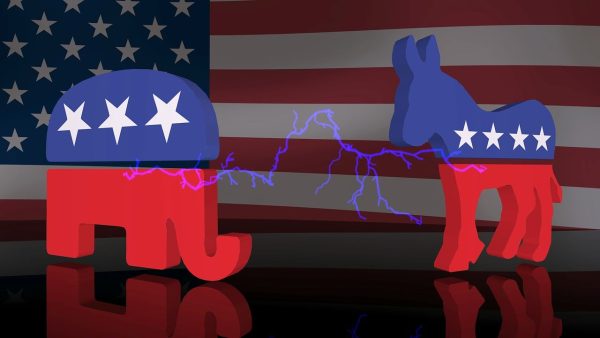The Dark Side of Finance
Our world is built by financing certain projects, or just creating businesses. Many people don’t really know how bonds, grants, and stock options work. However, personal finance in more relevant to an average person’s life. There are five mains categories of personal finance- income, protection, spending, investing, and saving. This article will specifically focus on the dark side of finance, mainly the IRS, mortgages, credit, bankruptcy, and retirement. The intent of this article is to introduce certain key terms, which students should know by the time they leave high school.
Internal Revenue Service
Ever heard of the government organization called the Internal Revenue Service? The IRS is a government organization established in 1862, and its purpose was to assist with tax fraud. It has done that, but in a very aggressive manner as shown by the numerous suspects of tax fraud. The IRS is also like the Mafia in the aggressive ways it pursues people to make sure they pay. The IRS’s job is to ensure that individuals and corporation pay their taxes, so the government can function. If one thing has been proven throughout American history, it is that Americans hate to pay taxes.
Mortgages
A mortgage in the simplest terms, is a loan which allows a person to purchase a home. A loan sounds great, doesn’t it! Well there’s a huge downside, it’s called “paying it off.” Banks lending more than individuals could pay is what led to the subprime mortgage crisis. When people take on debt they can’t really can’t afford, at unfavorable rates, it is a recipe for financial disaster. Banks can be like loan sharks. The way it works is a shark will offer a loan with a high interest rate, but they expect it to be paid by a certain date, otherwise consequences will occur. The loan shark, will break a borrower’s legs if they don’t pay by a certain date, but the bank’s predatory loaning will ruin investor’s lives. How do you get a loan at a good interest rate? It all starts with good credit.
Credit
The most important words for anyone when it comes to finance are credit scores. An individual’s credit score is based on one’s credit history, which includes the amount of cards used, payments, amounts owed, and any other debt. Responsible use of credit, meaning money borrowed is responsibly paid back, leads to a high credit score. If someone has good credit, they can get multiple loans at one time. The bank can be a best friend. However, if a borrower doesn’t have good credit, meaning they don’t pay off their mortgage, miss payments, or are in debt over the ability to pay, they are royally screwed. This leads to the next topic, bankruptcy.
Bankruptcy
First thing borrowers need to understand is banks can take away their house, freeze their assets, and force them into bankruptcy. On the plus side bankruptcy has a lot of benefits. For example, “Chapter 11” bankruptcy is pretty much just “reorganizing” debt in the corporate world. Basically, the debtor (business and personal), negotiates with creditors to alter the terms of their debt settlement. This is done so the process of liquidation wouldn’t occur. The process of liquidation would occur though “Chapter 7 ” bankruptcy, where all of the debtors personal and corporate belongings are sold off, in order to pay off the debt allocated to the bank or financial institution.
Retirement
Most young people think that retirement is when they don’t have to work. Retired people get to live on the beach, and they don’t have to worry about anything. That’s not necessarily true, because retirement is a stressful process. People retiring have to get approved for Medicare (and possibly Medicaid), plan their pension, and insure their Social Security payments begin. It’s very stressful. However, there’s a way to make the process less stressful. It is called a retirement fund. This is an account that is made were usually 15% of one’s income is allocated towards it. Every time a person gets a paycheck, a certain percentage goes to the fund until they’ve met their target fund date. The most popular types of retirement accounts are usually a 401K or a Roth IRA. Both are very similar, as they are tax-free until a certain age, and both are pre-taxed. The difference between them is that when someone has a Roth IRA account after 59 and a half, any additional contributions to the account are used to make catch-up contributions, which were supposed to occur earlier. However, in a 401K account it’s the same exact policy, except it’s until someone is 67 years old. In the 21st century, opening up a Roth IRA account has been more popular than a 401K, because it’s simply applicable to young people. It is tax-free and has great security policies. People have actually opened up a Roth IRA account when they’re really young, and by the time their 30 or 40, they have allocated over $100,000 in their account. This security blanket can help reduce a lot of stress.
This is simply an introduction finance. There are downsides and tremendous upsides, but young people need to start becoming familiar with the world of finance in high school. Otherwise, they will become victims of a complex system.











